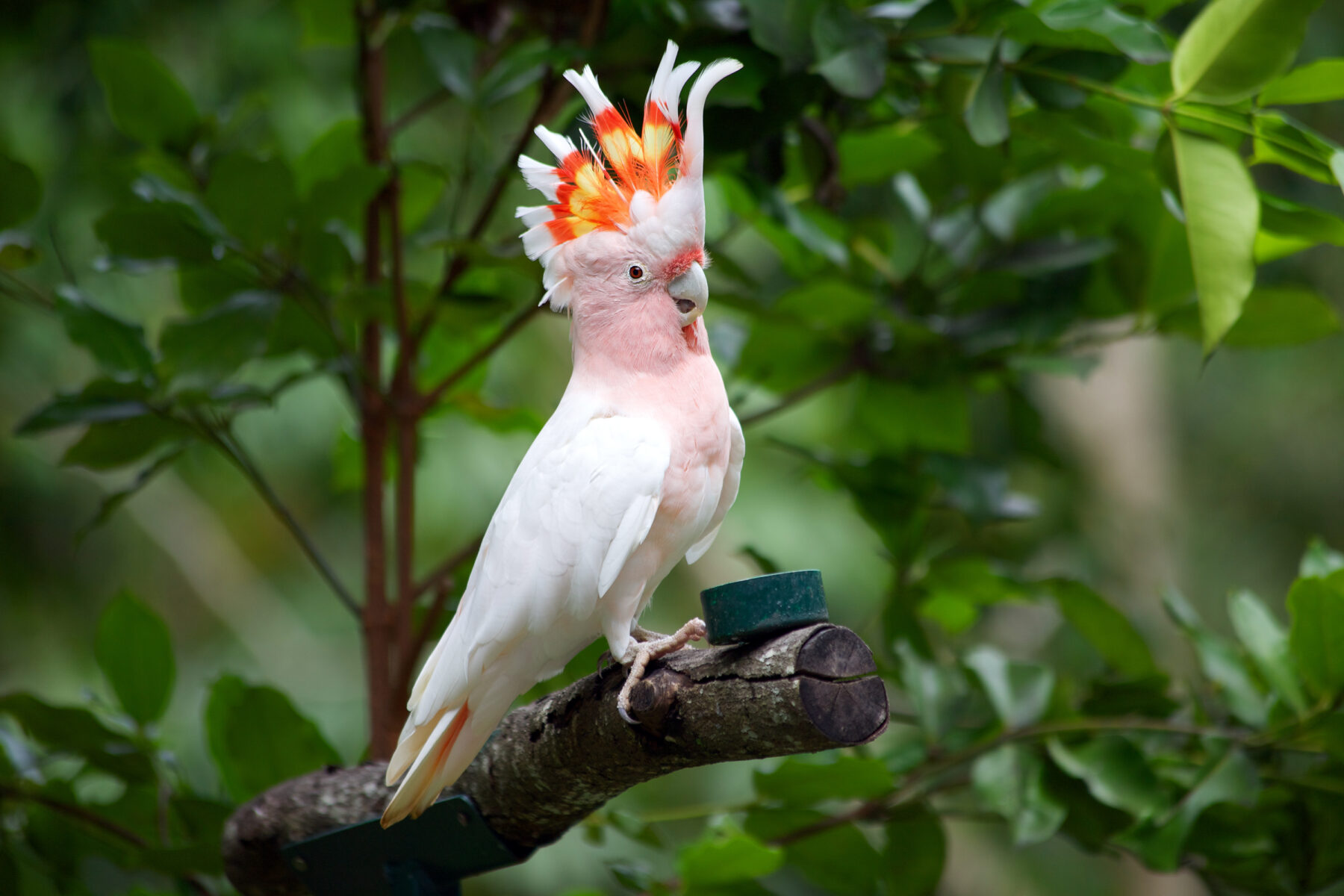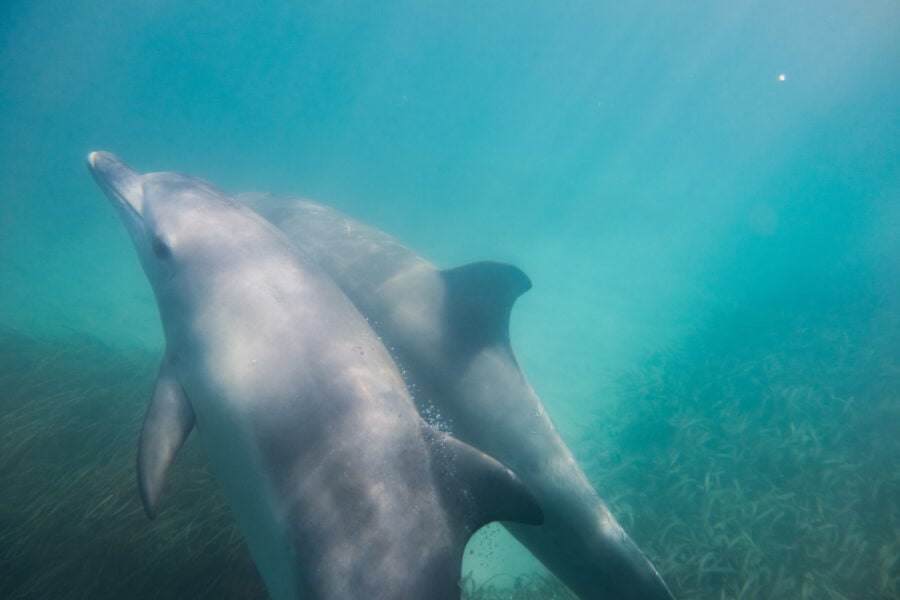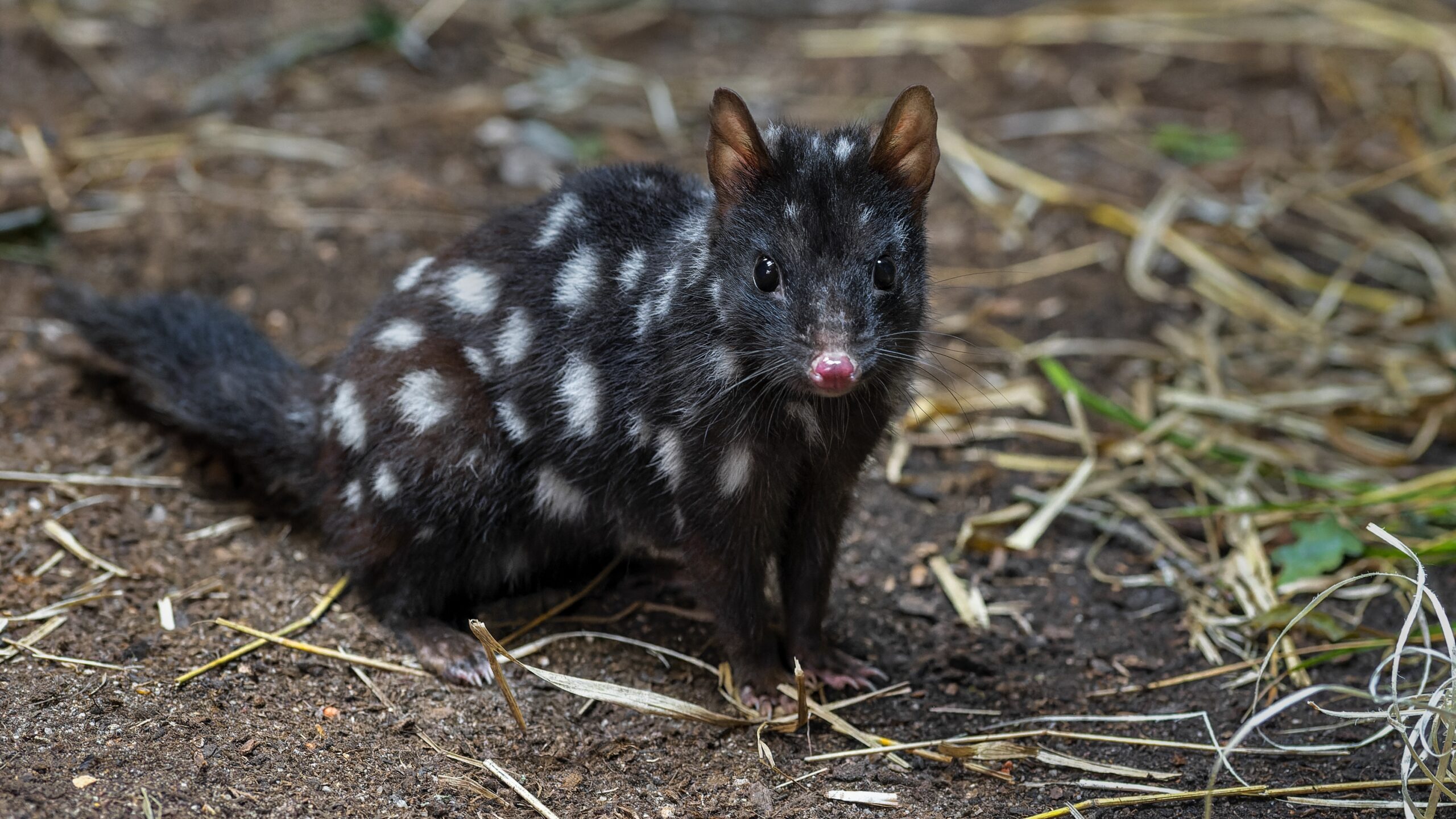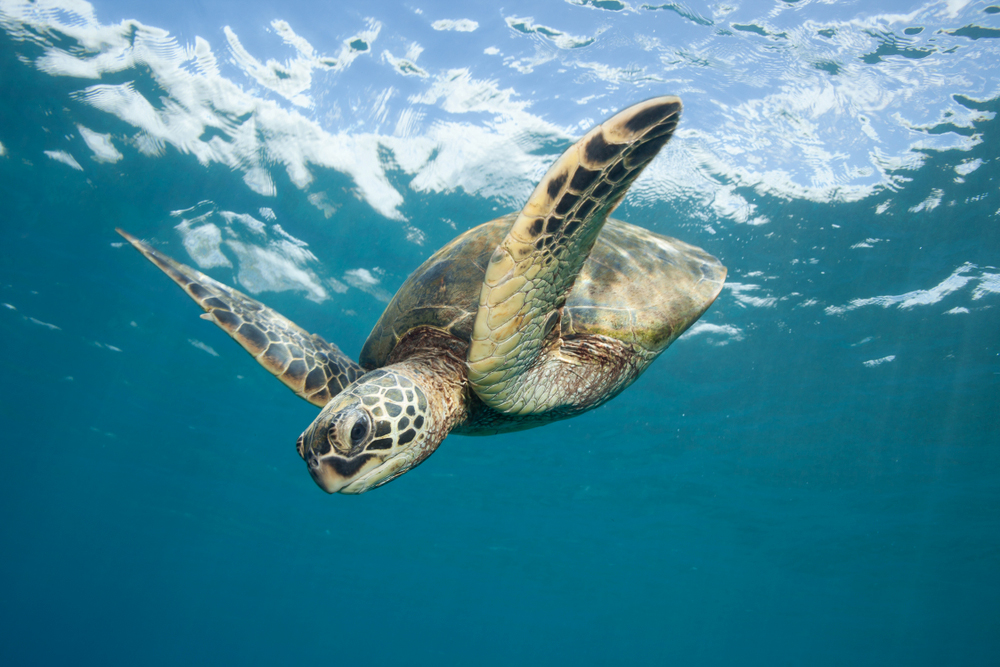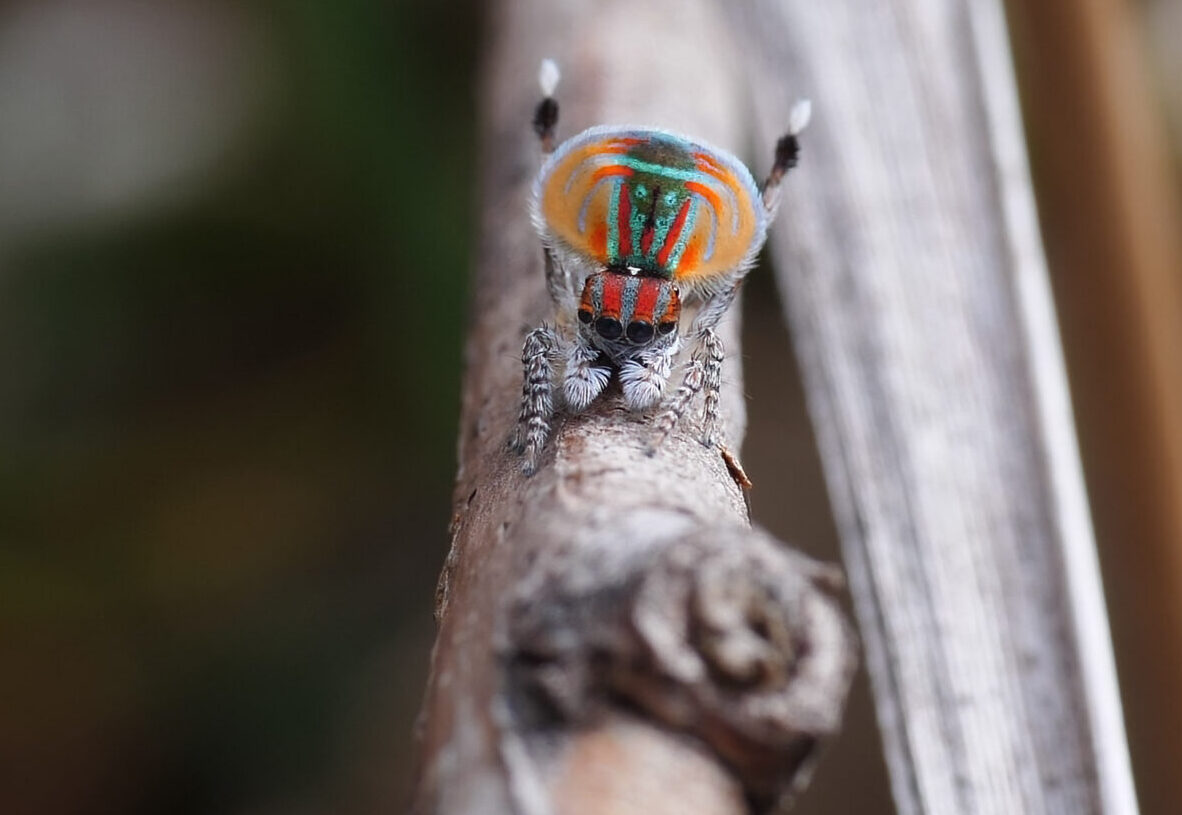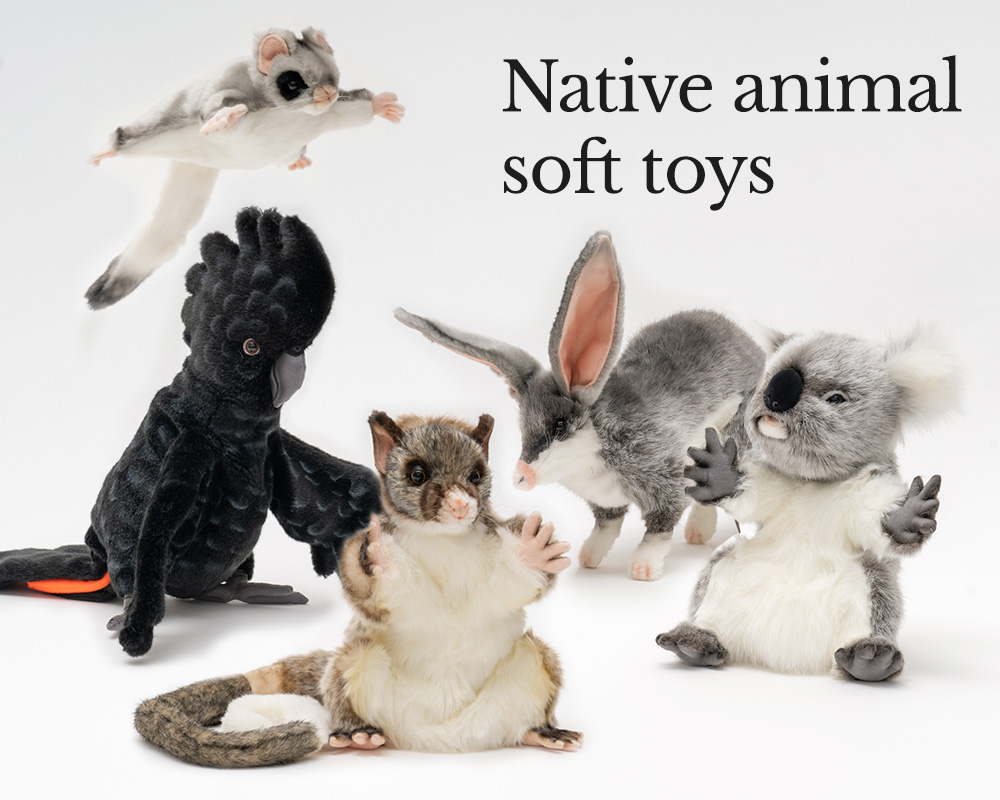| Common name | Pink cockatoo |
| Scientific name | Lophochroa leadbeateri |
| Type | Aves (bird) |
| Diet | Primarily seeds |
| Average lifespan | 40–60 years in the wild, up to 80 years in captivity |
| Size | Adults weigh about 365–480g, and about 39cm long |
Conservation status (Australia): Endangered – as at June 2025
Known as wijugla in Wiradjuri language, kakalyalya in Pitjantjatjara and yangkunnu in Barngarla (to name a few!), this salmon-pink cockatoo is one of Australia’s most recognisable parrots.
With a pastel-pink face, neck and underbelly, the cockatoo’s most striking feature is its crest, which looks white when folded but orange and yellow when spread. The underside of its wings is also orange, matching its crest.
The pink cockatoo (formerly known as Major Mitchell’s cockatoo or Leadbeater’s cockatoo) is actually two subspecies: the western pink cockatoo (Lophochroa leadbeateri mollis) and the eastern pink cockatoo (Lophochroa leadbeateri leadbeateri). The eastern subspecies is slightly bigger than its western cousin and has a brighter yellow band in its crest.
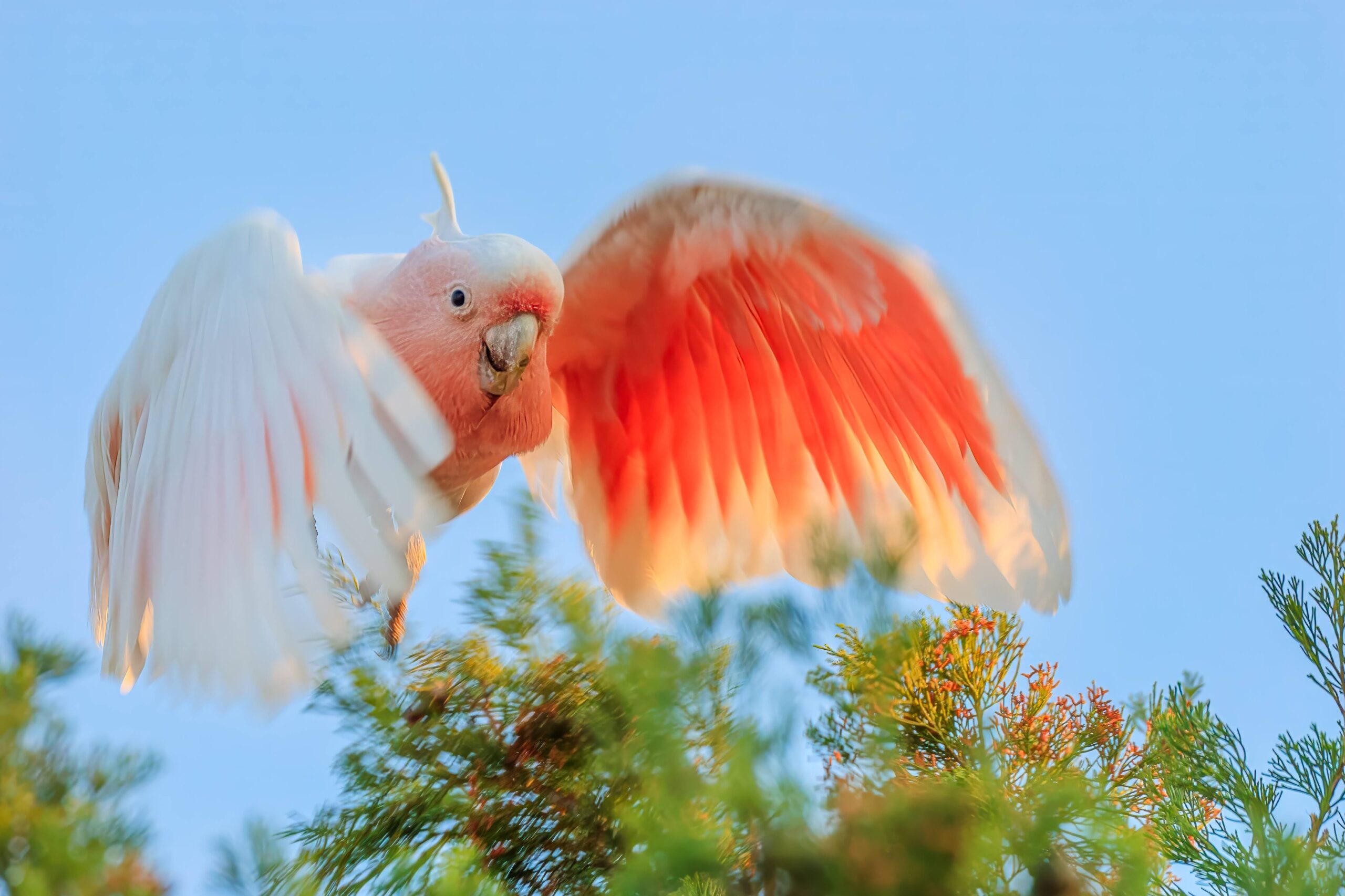
Habitat
The pink cockatoo makes its home in a variety of arid and semi-arid landscapes across inland Australia. They’re typically spotted near a water source, feeding on the ground in pairs or small groups. They eat native seeds from a range of trees, shrubs, grasses and herbaceous plants, as well as non-native agricultural plants and noxious weeds. Seeds make up the bulk of their diet, but they occasionally eat roots, fruits, bulbs and insect larvae.
Distribution
The eastern and western subspecies are divided by the ‘Eyrean Barrier’, which spans the Flinders Ranges and Lake Eyre Basin. The eastern subspecies occurs in eastern South Australia through to northwest Victoria, and northwards to Roma and Isisford in Queensland. The western subspecies occurs through central and western South Australia, up into the Northern Territory and Western Australia.
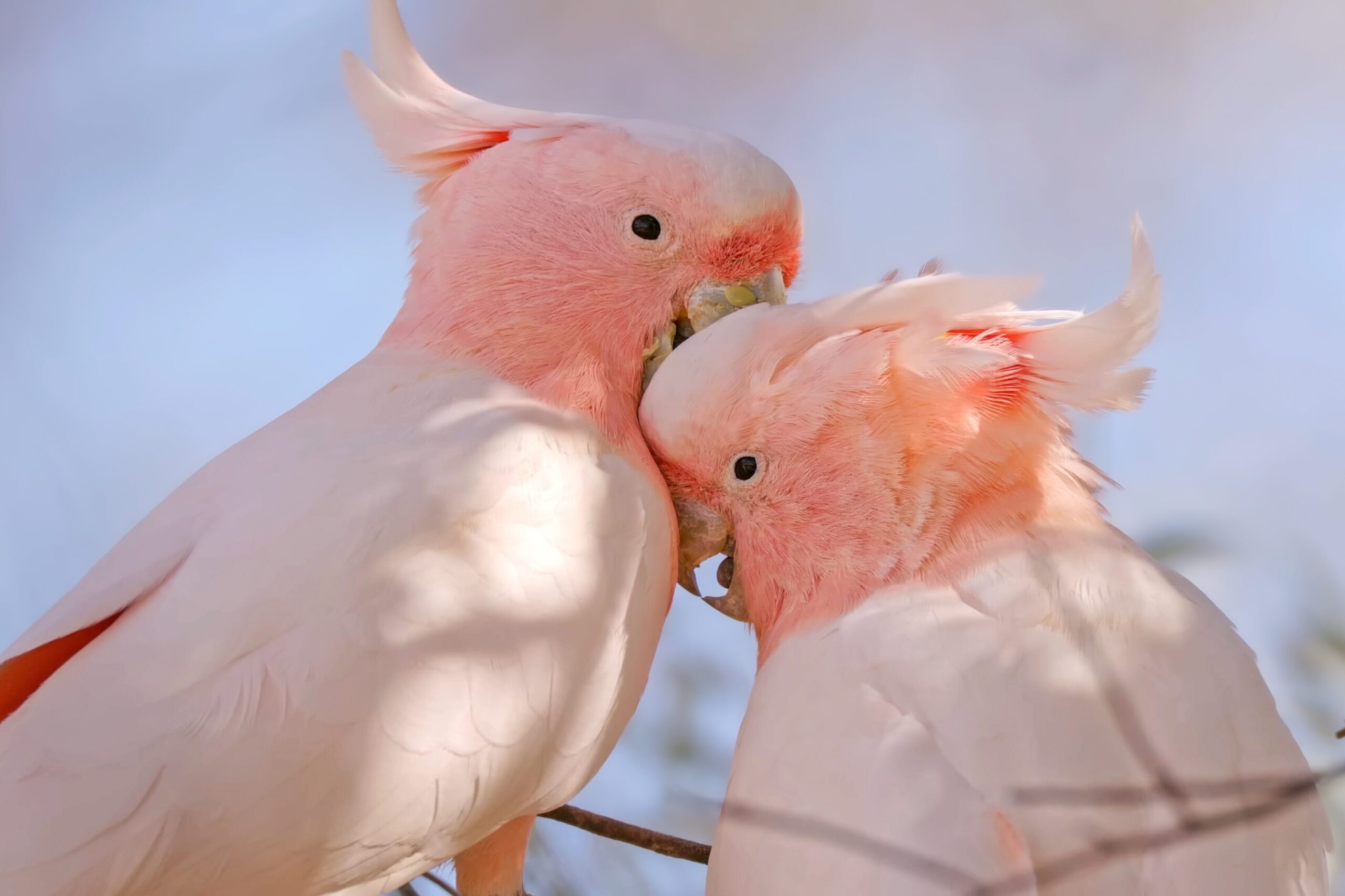
Reproduction
Nesting in trees hollows of mature trees, females typically produce a clutch of 3–4 eggs during the breeding season, which takes place from August–November. They nest far apart from other breeding pairs – usually at least 1km away.
During the 26-day incubation period, both males and females will take turns sitting on the eggs. They will also take turns preening and feeding the chicks. Usually only one or two chicks will fledge from each nest.
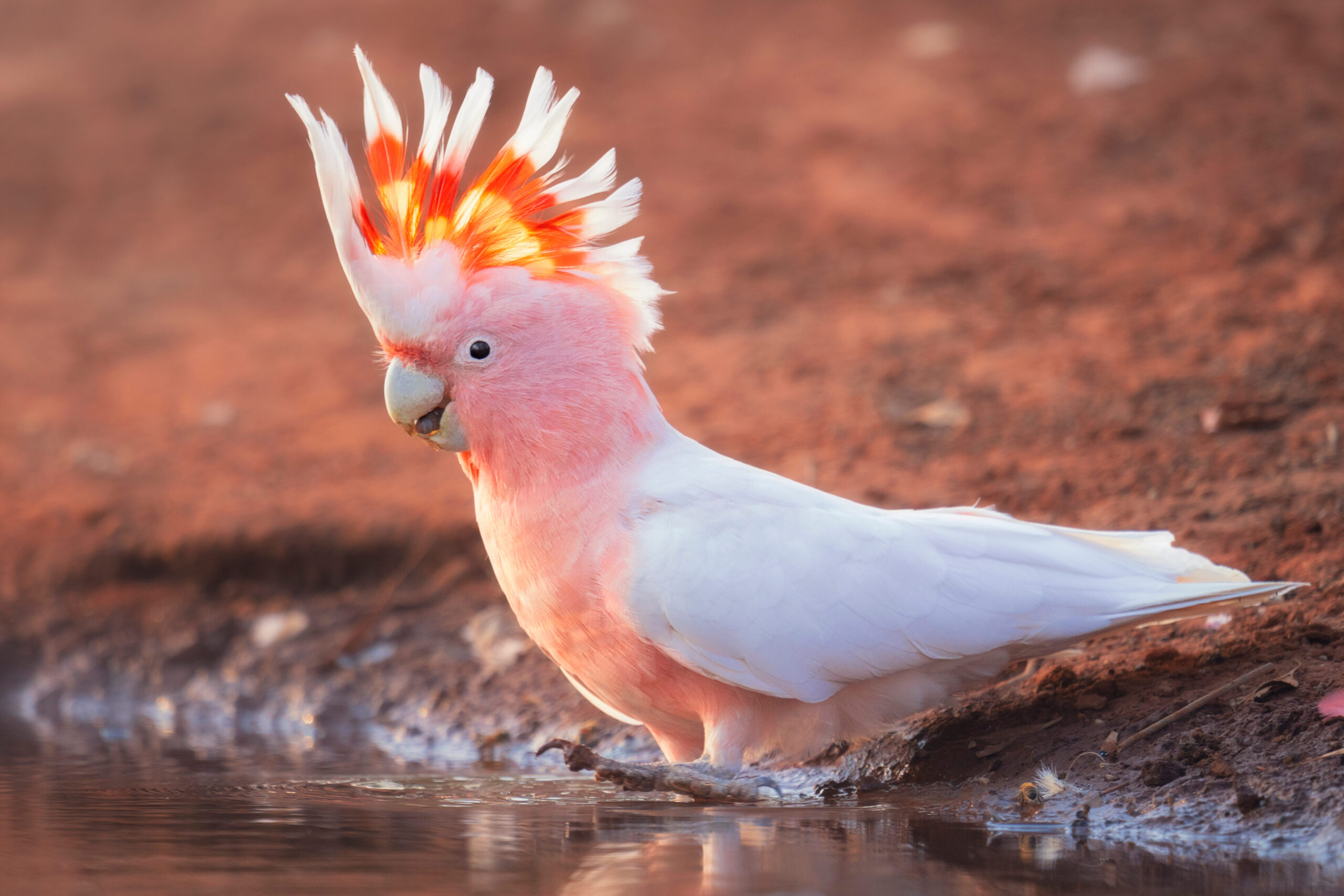
Conservation Status
In 2023 the eastern pink cockatoo was added to the EPBC Act as an endangered species.
Threats
Habitat loss and degradation are major threats to this parrot, which relies on tree hollows – that take up to 100 years to form – to reproduce.
The pink cockatoo is also targeted by poachers for the illegal wildlife trade.
Fascinating fact
A pink cockatoo named Cookie (1933–2016) has a Guiness World Record for being the ‘oldest ever parrot’. Cookie lived for at least 82 years and 88 days, but was probably 83 years old as his hatching date was not recorded. Hatched at Taronga Zoo in Sydney, Cookie was sent to Brookfield Zoo near Chicago Illinois in 1934, where he lived until his death in 2016.
